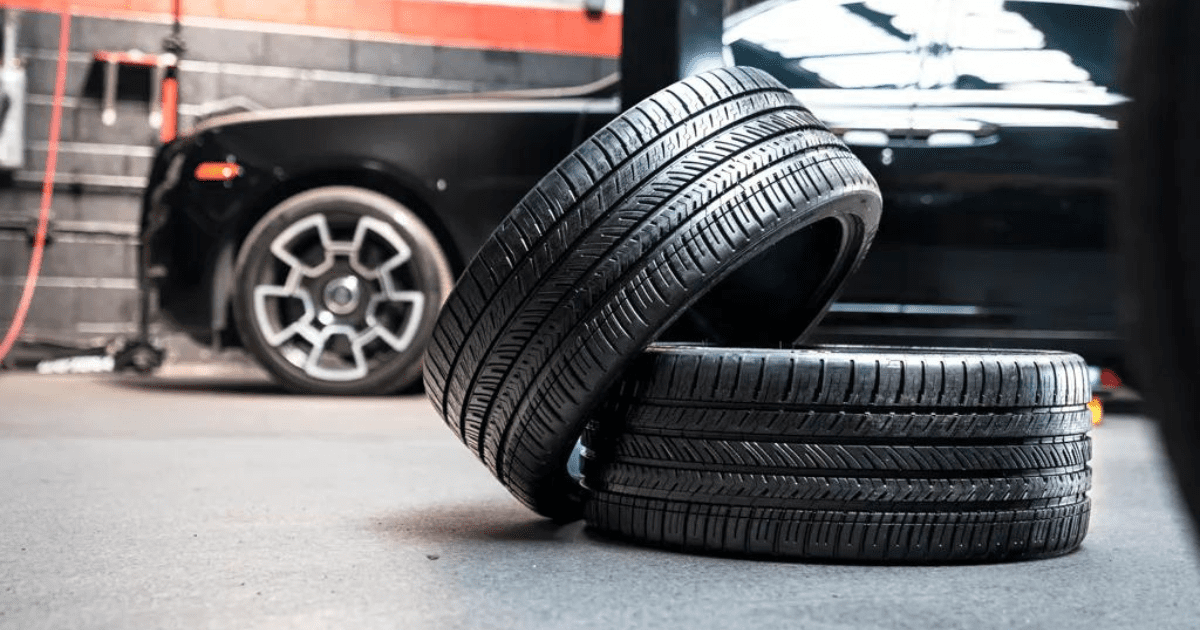Side mirrors and rearview mirrors are essential components of a vehicle, providing crucial information about the driver’s surroundings. Understanding their importance, functionality, and modern advancements can significantly enhance safe driving practices. This guide delves into the world of side mirrors, exploring their purpose, types, and usage.
The Importance and Types of Side Mirrors:
Side mirrors, also known as wing mirrors, are mounted on the driver’s and passenger’s doors. They play a vital role in eliminating blind spots, ensuring safe lane changes, and assisting in reversing and parking maneuvers. There are two main types of mirrors used in side mirrors:
- Flat Mirrors: These mirrors provide an accurate representation of distance but have a limited field of view. They are commonly used for the driver’s side mirror.
- Convex (Curved) Mirrors: Convex mirrors offer a wider field of view, making them ideal for the passenger side mirror. However, they may distort distances slightly.
How Side Mirrors Work:
The science behind side mirrors lies in the specially designed convex mirror. Unlike flat mirrors, convex mirrors have a curved surface that bulges outward, providing a wider field of view that encompasses a larger area behind and beside the car. However, objects reflected in a convex mirror appear smaller, requiring practice to accurately judge distances.
Adjusting Side Mirrors Correctly:
Properly adjusted side mirrors are crucial for maximizing their effectiveness. For the driver’s side mirror, adjust it outward until you can no longer see the side of your car. Then, lean slightly to the left and adjust the mirror further outward until you can see the adjacent lane. For the passenger’s side mirror, follow the same steps but lean slightly to the right.
The Rear View Mirror: Your Back Window Extension:
The rearview mirror, located on the top of the windshield, provides a direct view of what’s following behind your car. This mirror typically uses a flat or slightly convex mirror to show a more accurate representation of the size and distance of vehicles behind you.
Replacing a Side Mirror:
While replacing a broken side mirror can be a DIY project, it’s essential to consider the complexity of the mirror assembly. Modern cars often have integrated turn signals, blind-spot monitoring systems, and even cameras within the side mirror housing. In such cases, replacing the mirror might require specialized tools and electrical knowledge.
The Future of Side Mirrors: Camera Systems:
Innovation is transforming the world of side mirrors, with some high-end car models now replacing traditional mirrors with camera systems. These camera systems offer several advantages, including a wider field of view, improved night vision, and customization options.
Additional Features Integrated into Side Mirrors:
Modern side mirrors often house additional features to enhance safety and convenience, such as turn signal indicators, blind-spot monitoring systems, heated side mirrors, and memory settings.
Using Side Mirrors Effectively:
To use your side mirrors effectively, scan them regularly, especially when changing lanes, merging into traffic, or making turns. Keep them clean and adjust them properly to minimize glare at night.
Conclusion:
Side mirrors and rear-view mirrors are indispensable safety features that empower drivers to navigate the roads confidently. By understanding their science, adjusting them correctly, and utilizing their modern features, drivers can transform these humble mirrors into powerful tools for safe driving. So, the next time you adjust your mirrors, remember the crucial role they play in keeping you and those around you safe on the road.




